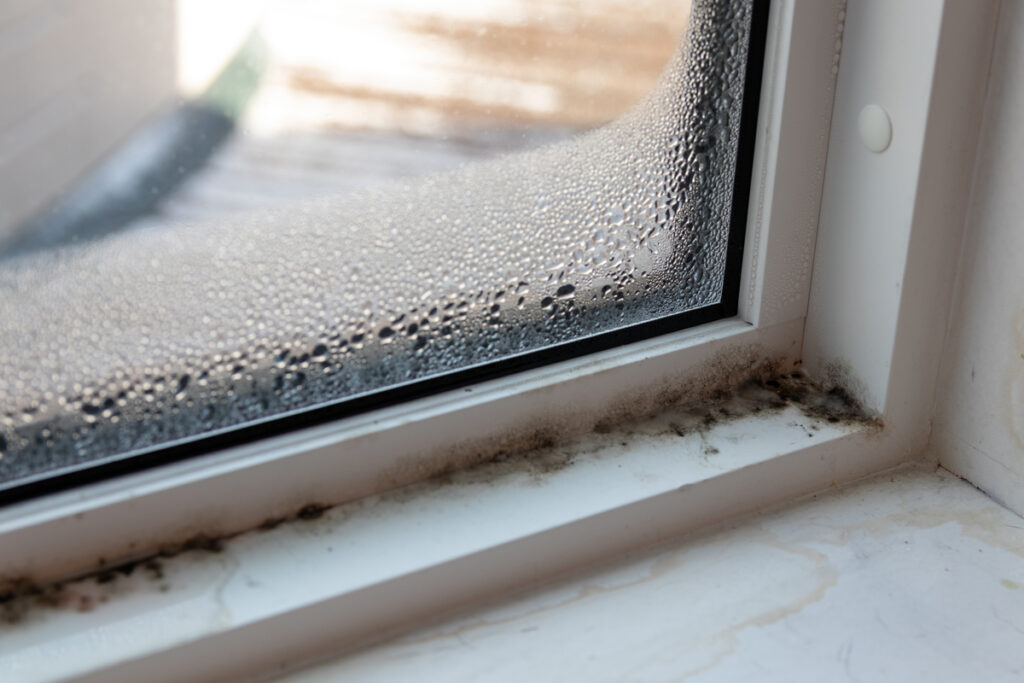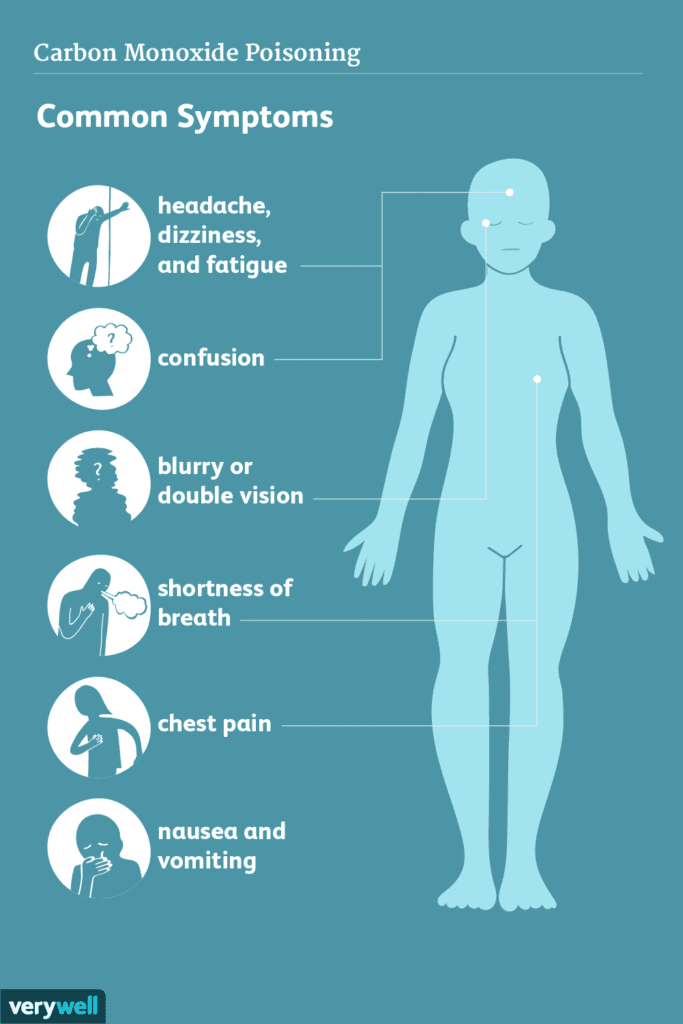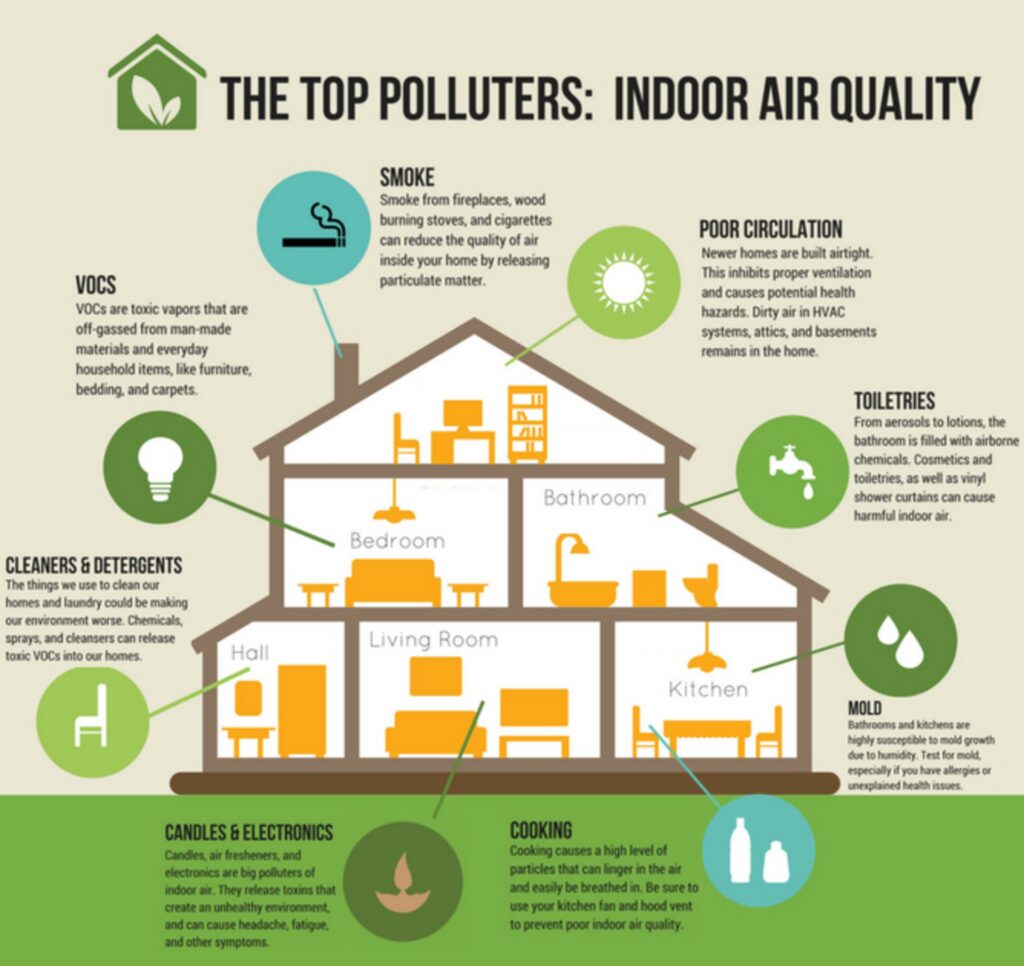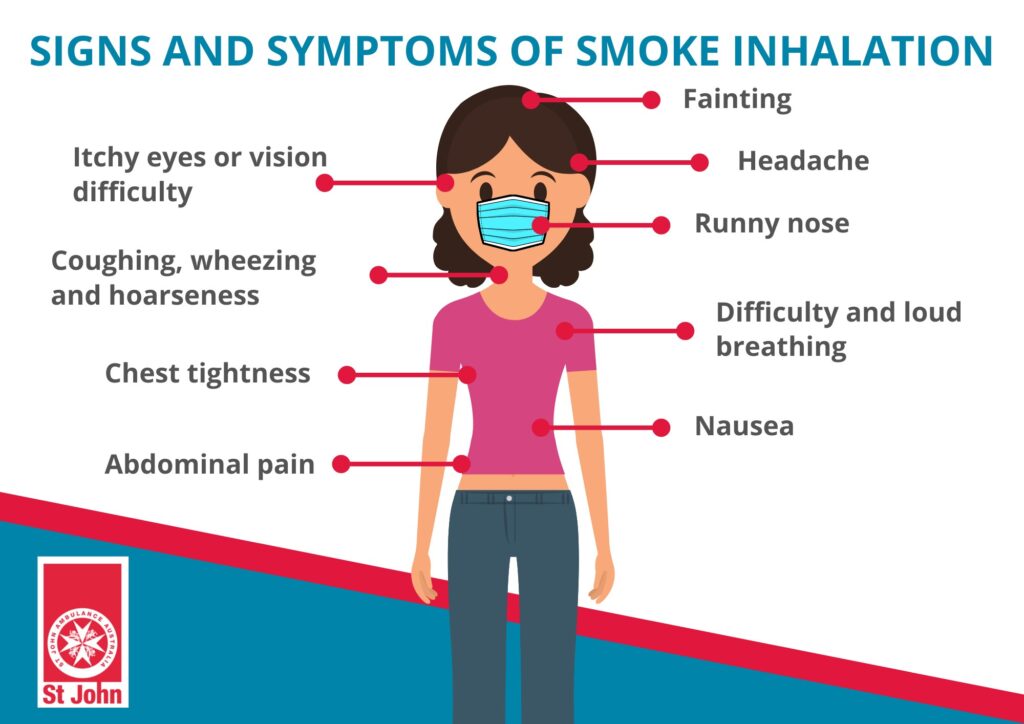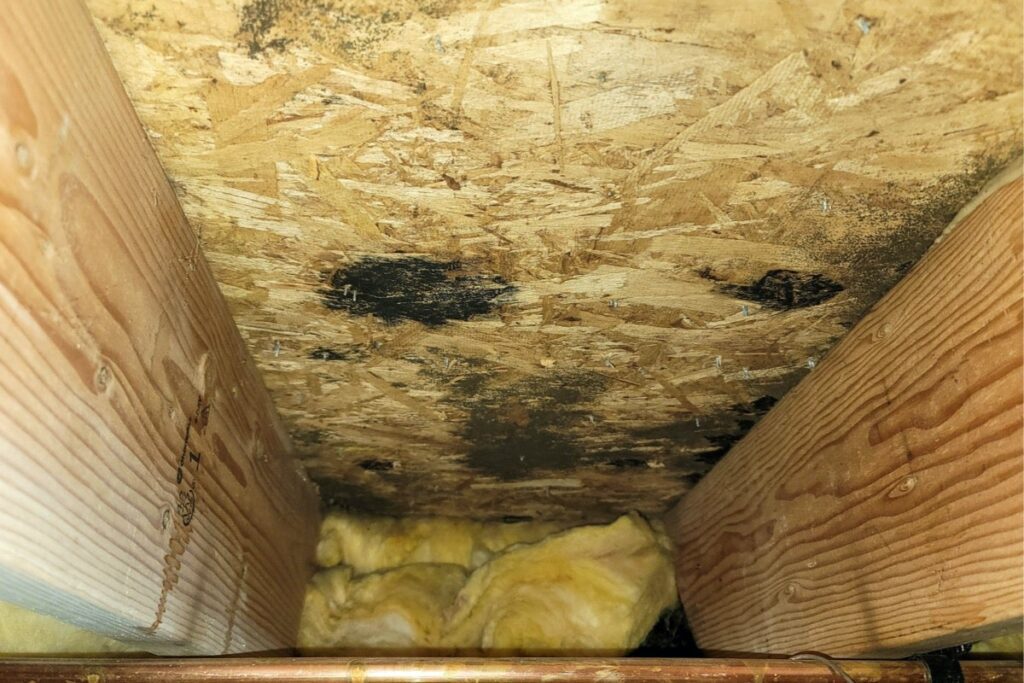Have you ever wondered about the quality of air you breathe? It’s essential to monitor air quality, as it directly affects your health and well-being. So, is there a device that can detect air quality accurately? The answer is yes!
An air quality detector is a device for measuring air quality, commonly known as an air quality monitoring device. It tracks various air pollutants, such as carbon monoxide, nitrogen oxides, and particulate matter. These pollutants can have adverse effects on your health, causing respiratory diseases, allergies, and even cancer.
Key Takeaways
- Monitoring air quality is crucial for your health and well-being.
- An air quality detector, also known as an air quality monitoring device, measures various air pollutants.
- Poor air quality can cause respiratory diseases, allergies, and even cancer.
Understanding the Need for Air Quality Monitoring
Are you aware of the quality of air you breathe? With the rising levels of air pollution and the impact it can have on your health, it’s essential to monitor the air quality around you.
An air quality sensor or air pollution detector is a device that helps you assess the air quality in your surroundings. It measures the level of pollutants in the air, such as particulate matter, chemicals, and gases.
| Pollutant | Source | Potential Health Effects |
|---|---|---|
| Particulate Matter (PM) | Smoke, dust, pollen, and exhaust fumes from vehicles and industries. | Respiratory problems, heart disease, and stroke. |
| Carbon Monoxide (CO) | Incomplete combustion of fuels such as gas, oil, and wood. | Headaches, nausea, and dizziness. |
| Nitrogen Dioxide (NO2) | Burning fossil fuels, car exhaust, and industrial processes. | Respiratory problems and lung irritation. |
| Sulfur Dioxide (SO2) | Burning fossil fuels, oil, and gas. | Respiratory problems and lung irritation. |
An indoor air quality monitor is also crucial, considering the average American spends approximately 90% of their time indoors. Indoor air pollutants such as mold, volatile organic compounds (VOCs), and carbon dioxide (CO2) can lead to health issues such as allergies, headaches, and respiratory diseases.


Therefore, it’s important to have an indoor air quality monitor to accurately test the air quality in your home or workplace. The monitor can alert you to high levels of pollutants and help you take steps to improve air quality.
The Importance of Indoor Air Quality
If you’re like most people, you spend the majority of your time indoors. Unfortunately, the air inside your home or workplace can be up to five times more polluted than outdoor air. This is due to a variety of factors, including poor ventilation, off-gassing from furniture and building materials, and indoor pollutants such as dust, mold, and pet dander.
That’s why it’s crucial to monitor your indoor air quality with a portable air quality monitor or home air quality tester. These devices allow you to accurately measure the levels of various pollutants in your indoor air, including volatile organic compounds (VOCs), carbon monoxide, and particulate matter.


Having a portable air quality monitor or home air quality tester can help you identify specific sources of indoor air pollution and take steps to mitigate them. For example, if your monitor detects high levels of VOCs, you can switch to non-toxic cleaning products or avoid using air fresheners or candles with synthetic fragrances. If your monitor shows high levels of particulate matter, you might consider investing in an air purifier or opening windows more frequently to improve ventilation.
By monitoring your indoor air quality, you can take proactive steps to protect your health and the health of your family. With a portable air quality monitor or home air quality tester, you can ensure that the air you breathe is clean and healthy.
How Do Air Quality Monitors Work?
If you’re considering purchasing an air quality monitor, understanding how it works is crucial. These monitors use a variety of sensors and technologies to measure the levels of different pollutants in the air around you.
The most common pollutants that air quality monitors measure include particulate matter (PM2.5 and PM10), carbon monoxide, ozone, nitrogen dioxide, and sulfur dioxide. Different types of sensors are used to detect each of these pollutants, and the data is collected and analyzed by the monitor to provide accurate readings.
One common type of air quality monitor is the air quality meter, which typically uses a combination of sensors to measure several pollutants simultaneously. These devices can be handheld or installed in a specific location and are often used by researchers or government agencies to track air quality trends over time.


Another type of air quality monitor is the indoor air quality monitor. These devices are designed to measure the quality of the air inside homes and buildings, where people spend the majority of their time. They can also detect common indoor pollutants such as volatile organic compounds (VOCs) and radon.
Overall, air quality monitors provide valuable information about the air we breathe, allowing us to make informed decisions to protect our health and well-being. If you’re interested in purchasing an air quality monitor, consider factors such as accuracy, portability, and connectivity to find the device that best suits your needs.
Different Types of Air Quality Monitoring Devices
Now that you understand the need for air quality monitoring, it’s time to explore the different types of devices available to measure air quality. These devices range in capabilities, from basic sensors to comprehensive monitors that can detect multiple pollutants.
The most common type of air quality detector is a particulate matter (PM) sensor that measures the concentration of particles in the air. These devices are often portable and easy to use, making them ideal for personal use or monitoring a specific location. They can detect pollutants such as dust, pollen, and smoke, and provide real-time readings of air quality levels.
Another type of device for measuring air quality is an indoor air quality monitor. These monitors are designed to measure the concentration of pollutants found inside your home, such as mold, volatile organic compounds (VOCs), and carbon monoxide. They can help identify sources of indoor air pollution and provide recommendations for improving air quality.
If you’re looking for a more comprehensive air quality monitoring device, an air quality meter may be a better option for you. These devices can detect multiple pollutants, including PM, VOCs, carbon dioxide, and ozone, and can provide detailed analysis of air quality levels over time. They are often used in industrial or commercial settings, but can also be used in larger homes or buildings.
Overall, the type of air quality monitoring device you choose will depend on your specific needs and budget. Whether you’re looking for a portable air quality monitor or a comprehensive air quality meter, there is a device available to meet your needs.
Different Types of Air Quality Monitoring Devices:
| Device | Capabilities | Cost |
|---|---|---|
| Particulate matter sensor | Measures concentration of particles in the air | Low |
| Indoor air quality monitor | Measures concentration of indoor pollutants such as VOCs and mold | Mid-range |
| Air quality meter | Measures multiple pollutants and provides detailed analysis of air quality levels over time | High |
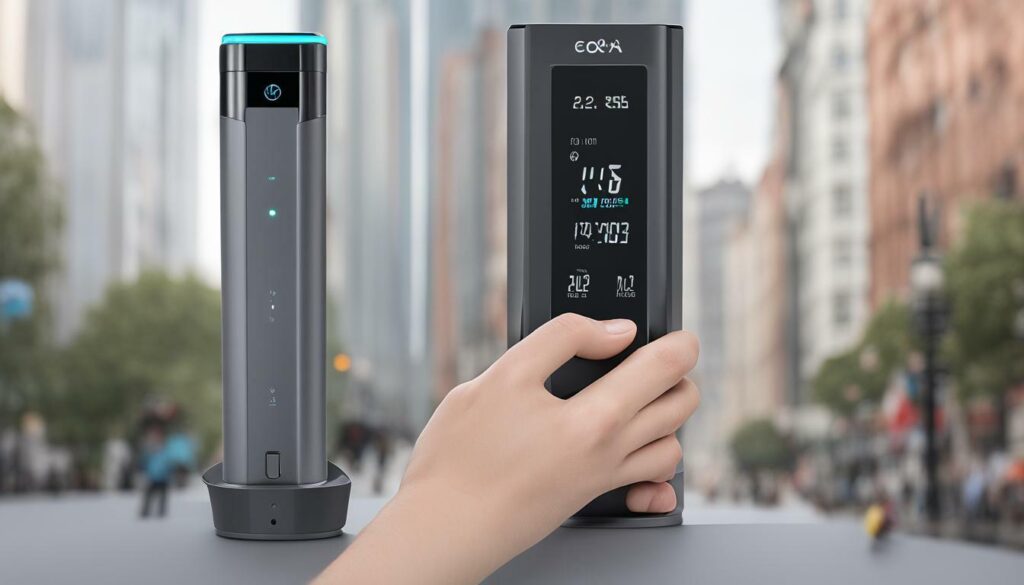

As you consider which device is right for you, keep in mind the features that are important to you, such as portability, connectivity, and data analysis capabilities. With the right air quality monitoring device, you can take control of your environment and ensure that you and your loved ones breathe clean air.
Choosing the Right Air Quality Monitor for Your Needs
With so many air quality monitoring devices available on the market, it can be overwhelming to choose the right one for your needs. However, selecting the most suitable device is crucial to ensure accurate measurements and reliable data. Here are some factors to consider:
Budget
There are various air quality monitors available at different price ranges. Determine your budget before making a purchase and stick to it. Keep in mind that higher-priced devices often offer more features and accuracy, but a less expensive device may be suitable for your specific needs.
Intended Use
Consider where and how you intend to use the air quality monitor. If you require a device for your home, a portable air quality monitor or a home air quality tester may be suitable. On the other hand, if you require a device for a larger space, an air quality meter may be more appropriate.
Desired Features
Identify what features are important to you. Some air quality monitors come equipped with a range of features such as WiFi connectivity, smartphone apps, and real-time data analysis. Determine what features are essential to you and select a device that meets your needs.
Remember to research the product thoroughly and read customer reviews before making a purchase. By considering your budget, intended use, and desired features, you can confidently choose the most suitable air quality monitor for your needs.


The Benefits of Using Air Quality Monitors
If you’re looking to stay healthy and breathe clean air, an air quality monitor can be an invaluable tool. These devices, which use advanced sensors and technology, help you keep an eye on indoor and outdoor air quality in real-time, allowing you to take actions to protect yourself and your family.
One of the main benefits of using air quality monitors is that they can detect harmful pollutants that can cause health issues. From common allergens like pollen and dust to more dangerous pollutants like carbon monoxide and volatile organic compounds (VOCs), an air quality sensor can pick up these substances and give you an accurate reading of the air quality in your home or workplace.
Another advantage of using an air pollution detector is that it can help you identify the source of the problem. By giving you an accurate reading of the air quality in different parts of your home or office, you can pinpoint the sources of harmful pollutants and take appropriate measures to eliminate them.
An indoor air quality monitor can also help you take preventative measures to reduce the risk of health issues caused by poor air quality. By monitoring the levels of pollutants in your home or workplace, you can take steps to improve ventilation, reduce the use of harmful chemicals, and invest in air filters and purifiers.
In short, investing in an indoor air quality monitor can help you stay healthy and breathe easier. By keeping track of the air quality in your surroundings, you can take steps to protect yourself and your loved ones from the harmful effects of pollution.
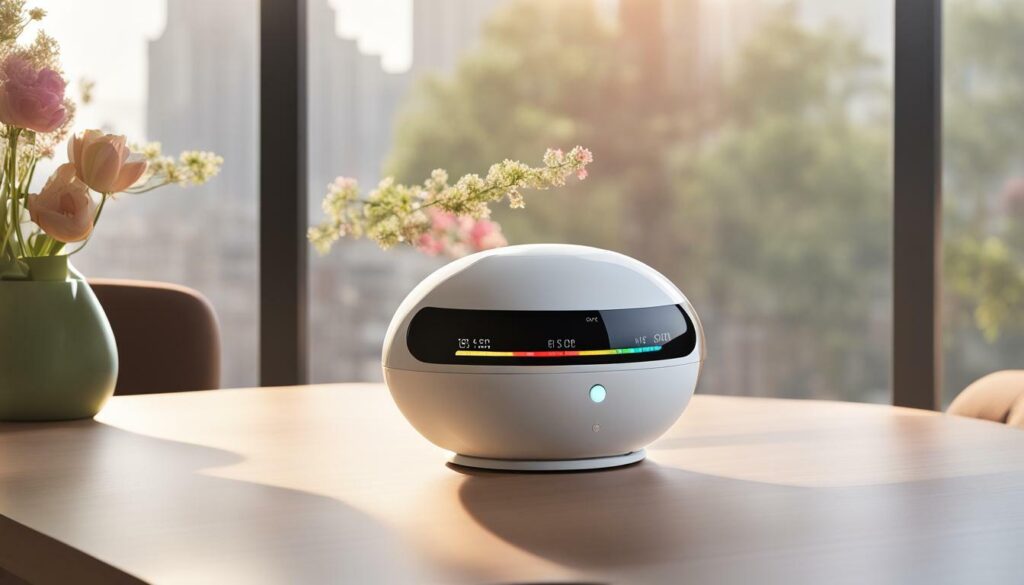

Whether you’re concerned about allergens, mold, or other pollutants, an air quality monitor can give you the peace of mind you need to stay healthy. If you’re interested in purchasing an indoor air quality monitor, be sure to look for a model that meets your specific needs and preferences.
Different Types of Air Quality Monitoring Devices
There are several types of air quality monitoring devices available in the market that can help you track the quality of the air in your surroundings. They range from simple detectors to advanced devices with multiple sensors and data analysis capabilities. Here are some of the most popular air quality monitoring devices to choose from:
| Device | Description | Price Range |
|---|---|---|
| Air Quality Detector | A basic device that detects the presence of pollutants in the air. It typically shows the concentration of pollutants on a small display. These devices are often portable and easy to use. | $20-$100 |
| Device for Measuring Air Quality | A more advanced device that uses sensors to detect not only the presence of pollutants but also their specific types and concentrations. It usually comes with a dedicated app that displays real-time data and enables data logging. | $100-$500 |
| Air Quality Monitoring Device | A high-end device that can detect several pollutants at once and provide accurate readings. It often includes additional features such as Wi-Fi connectivity, automatic alerts, and long-term data storage. These devices are ideal for larger areas such as offices or public spaces. | $500-$1000+ |
When choosing an air quality monitoring device, it is important to consider your specific needs, budget, and intended use. A portable air quality monitor may be suitable if you want to track air quality on-the-go, while a home air quality tester may be better for monitoring your indoor air quality. An air quality meter may be necessary for professionals who deal with industrial pollution. Ultimately, the right device for you will depend on your individual requirements.


Tips for Maintaining Good Air Quality
Ensuring good indoor air quality is essential for your health and well-being. Here are some tips to help you maintain good air quality:
- Ventilate your home regularly: Open windows and doors to allow fresh air to circulate and push out pollutants.
- Keep your home clean: Dust and vacuum regularly to minimize the accumulation of allergens and pollutants.
- Choose non-toxic products: Use natural and eco-friendly cleaning products to avoid introducing harsh chemicals into your indoor air.
- Limit indoor pollutant sources: Avoid smoking indoors, using gas stoves for prolonged periods, or burning candles or incense.
- Use air-cleaning devices: Consider investing in an air quality sensor, air pollution detector, or indoor air quality monitor to help you track and improve your indoor air quality.
- Introduce indoor plants: Certain indoor plants, such as spider plants and peace lilies, can help absorb pollutants and improve air quality.
By following these tips and using air quality monitoring devices, you can ensure that the air you breathe is clean and healthy.


Conclusion
Congratulations, you have reached the end of our article on air quality monitoring. We hope this piece has been informative and helpful in understanding the importance of monitoring air quality. Remember that the air you breathe has a direct impact on your health and well-being, so it’s crucial to ensure it is of good quality.
We have discussed the various types of air quality monitors available in the market, their features, and how they work. By using one of these devices, you can easily track the air quality in your surroundings and take necessary steps to improve it.
Keep in mind that maintaining good air quality requires effort and attention. Our tips for maintaining good air quality include regular ventilation, minimizing pollutant sources, and keeping indoor plants. By implementing these practices, you can significantly reduce the number of pollutants present in your surroundings and breathe cleaner air.
Ultimately, choosing the right air quality monitor depends on your specific needs. Consider the factors discussed in this article such as budget, intended use, and desired features when making your decision.
We’re Here to Help
If you still have questions or need further guidance on selecting an air quality monitor, our team is here to help. Please feel free to reach out to us via email or phone, and we’ll be happy to provide you with expert advice.
Thank you for reading, and we wish you the best in your air quality monitoring journey!
FAQ
Q: Is there a device that can detect air quality?
A: Yes, there are air quality monitoring devices available that can detect and measure the quality of air.
Q: Why is air quality monitoring important?
A: Air quality monitoring is crucial because poor air quality can have a negative impact on our health. It helps us identify and address pollutants in the air.
Q: What are the different types of pollutants that can be present in the air?
A: Common pollutants that can be present in the air include particulate matter, volatile organic compounds (VOCs), carbon monoxide, nitrogen dioxide, and ozone.
Q: Why is monitoring indoor air quality important?
A: Monitoring indoor air quality is vital because most people spend a significant amount of time indoors. Indoor pollutants can negatively affect our health, and accurate monitoring devices help identify and address these pollutants.
Q: How do air quality monitors work?
A: Air quality monitors work by using sensors to detect and measure various pollutants in the air. They utilize different technologies to provide accurate readings.
Q: What are the different types of air quality monitoring devices available?
A: There are various types of air quality monitoring devices available, including portable monitors, home testers, and professional-grade meters. These devices offer different features and capabilities.
Q: How can I choose the right air quality monitor for my needs?
A: When selecting an air quality monitor, consider factors such as your budget, intended use, and desired features. Assessing your specific requirements will help you choose the most suitable device.
Q: What are the benefits of using air quality monitors?
A: Using air quality monitors empowers individuals to make informed decisions about their environment. It leads to improved health and well-being by helping us identify and address potential air quality issues.
Q: What are some popular air quality monitoring devices in the market?
A: Some popular air quality monitoring devices in the market include [Device Name 1], [Device Name 2], and [Device Name 3]. These devices offer features such as connectivity, data analysis capabilities, and customer satisfaction.
Q: What are some tips for maintaining good air quality?
A: To maintain good air quality, ensure regular ventilation, keep indoor plants to naturally purify the air, minimize pollutant sources such as smoking or using harsh chemicals, and keep your surroundings clean.


